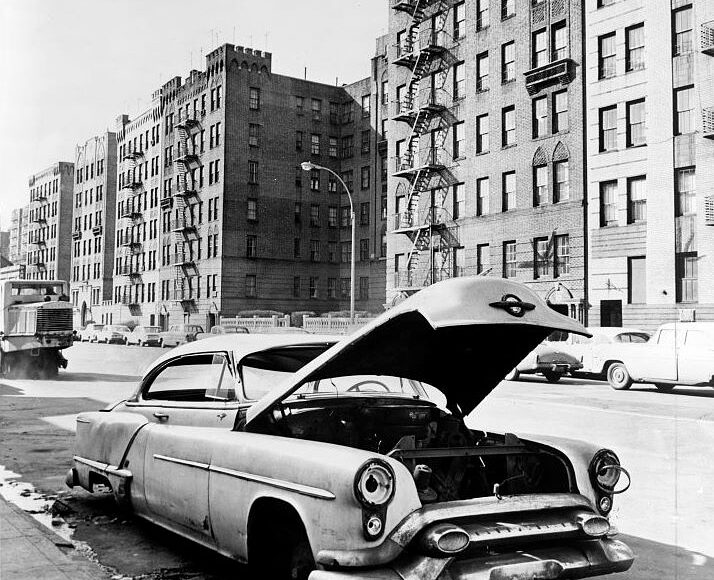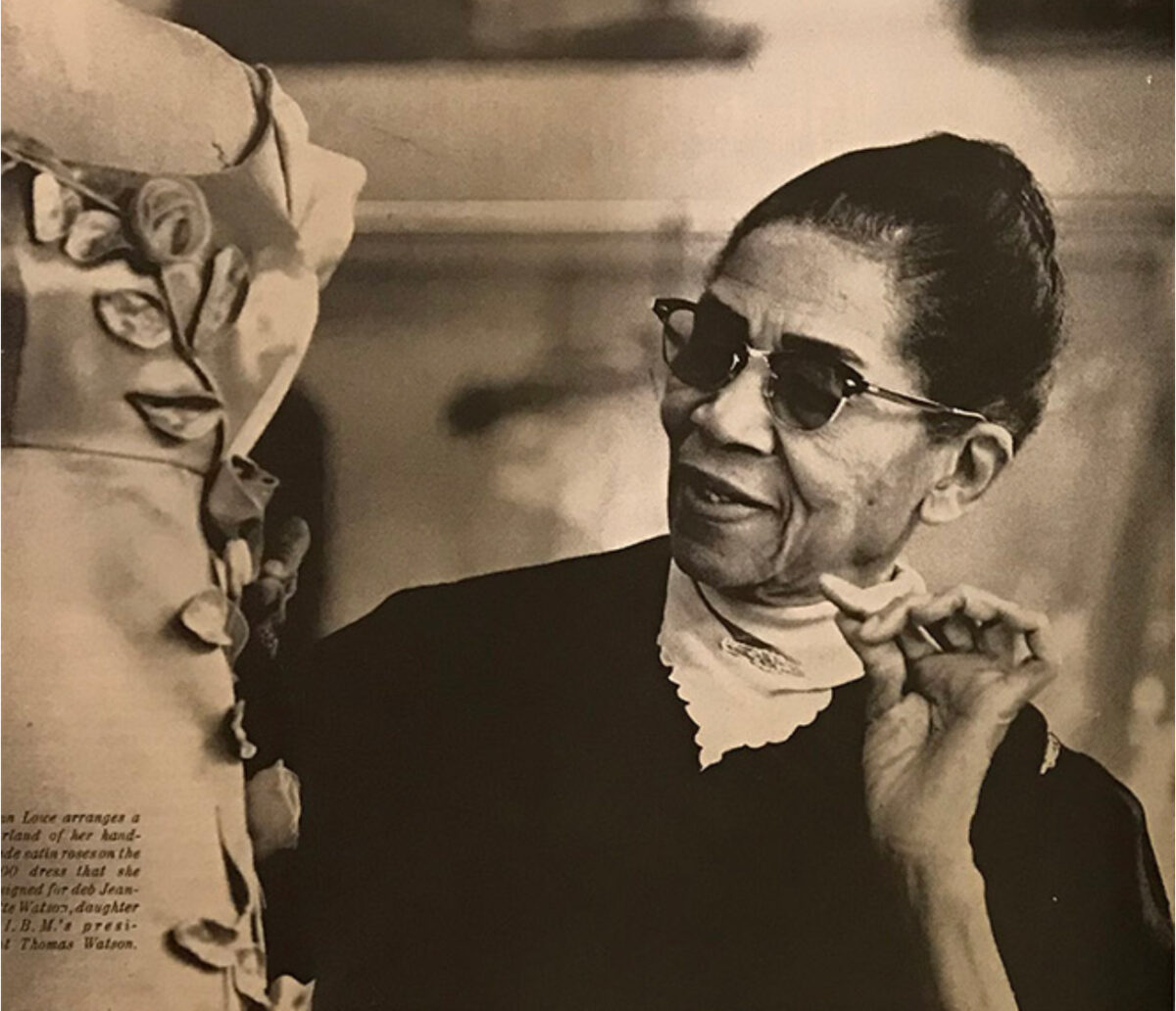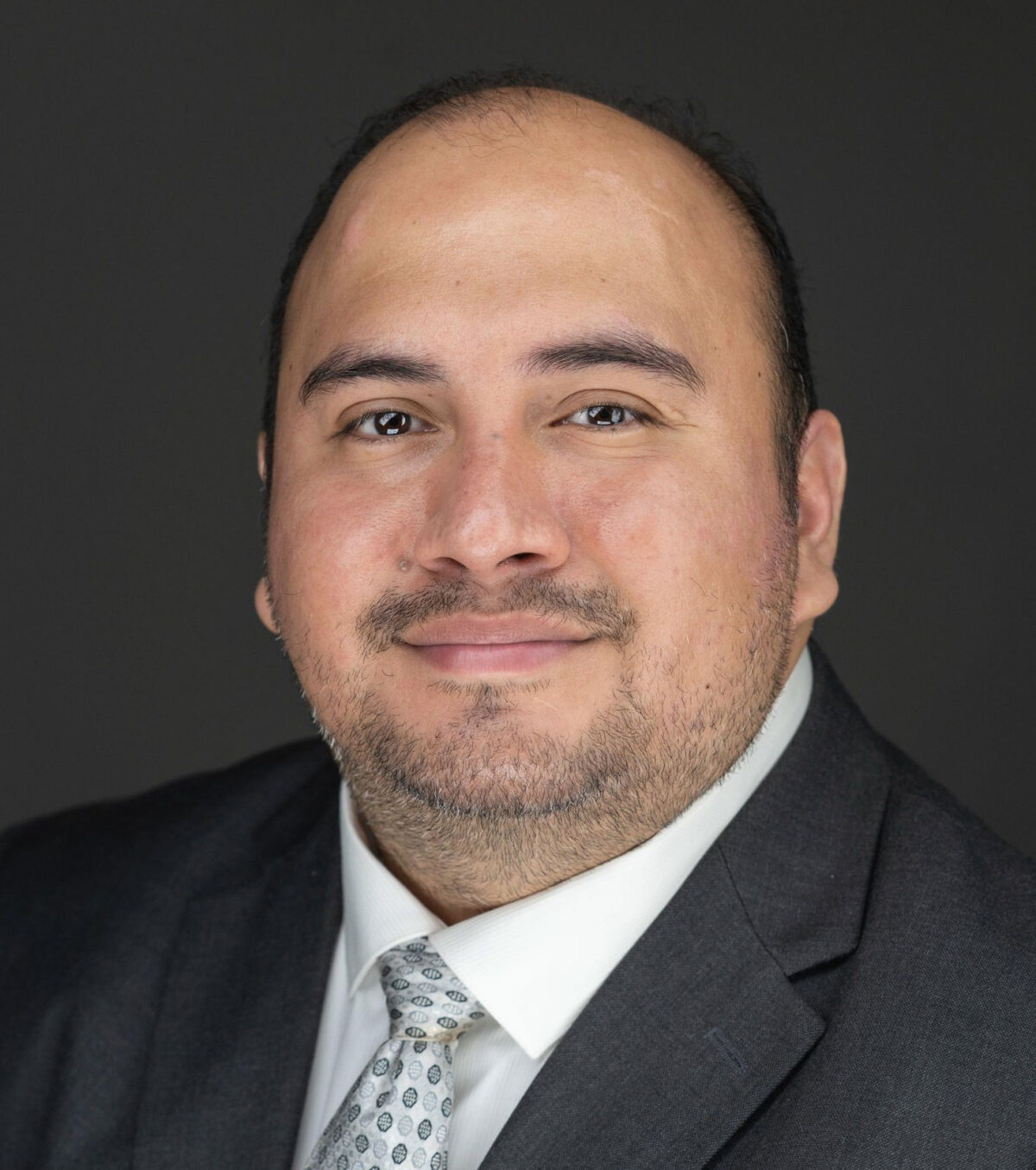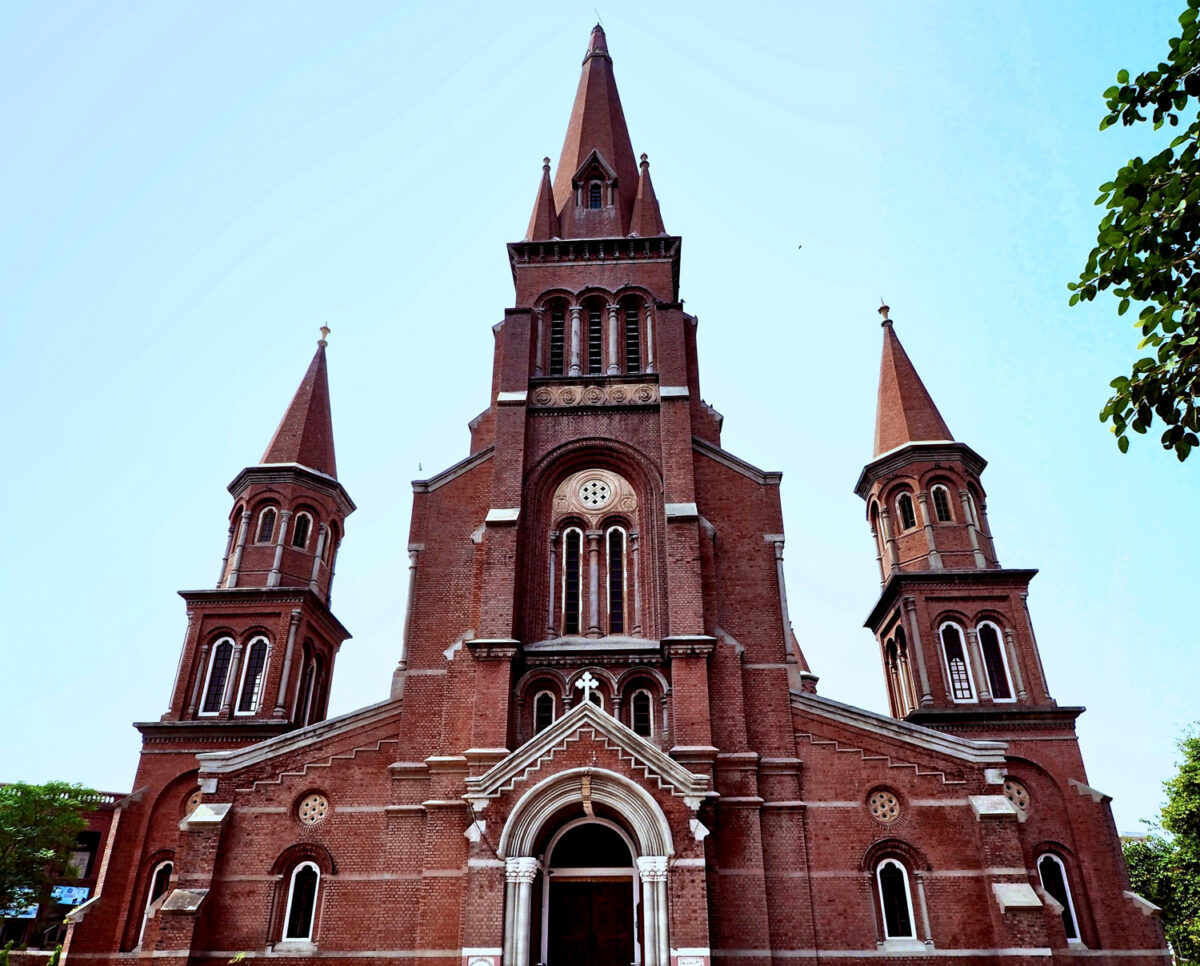By Edwin Díaz
“When I was raised in the Bronx in the 80s I remember that landscape, I remember the abandoned buildings, I remember the fires, I remember the empty lots,” said Bronx borough historian Angel Hernandez who was a child at the time. “What struck me was whatever was still standing, even if they were abandoned or not, I recognize their architectural beauty. I recognized the designs. I recognized the status and I always wondered, who lived here? Who built these buildings? Who were we during this time?”
Those memories and questions lead him to preserve the rich history of the borough he grew up in for future generations and to dispel the many misconceptions about it. Now as the fifth and youngest Bronx borough historian, as well as the first person of color in that role, Hernandez works to share the whole story of his home borough because he argues that too often its protagonists have been erased or misrepresented in official histories.
Hernandez sees this omission as a microcosm of how American history gets taught in school. It is a history that doesn’t mention the negative aspects of Columbus’ arrival in the Americans, how he changed the name of the islandof Quisqueya, modern day Haiti and the Dominican Republic, and sold the indigenous people as savages. Likewise, Hernandez wants narratives of George Washington to include not only him being America’s first president but also his being a slave owner.
Hernandez grew up with this legacy of misrepresentation. He comes from Puerto Rican parents who came to the Bronx during the great migration in the 1950s which also included many Black people from Southern states.“During the ’60s it was very vibrant, all the buildings were occupied, predominantly black and Puerto Rican folks lived in the community with people from Central and South America,” said Ricky Flores, a journalism professor at Lehman College.
“When Puerto Ricans and blacks started coming to live in places like New York City in the ’40s and ’50s there was stuff happening beyond our control,” said Hernandez. He identifies Robert Moses as one of the people who impacted these groups the most.
Robert Moses was an urban planner, former New York Secretary of State and head of the New York City Parks Department. For decades he was the person responsible for the construction of newer buildings all across the city and played an outsized role in shaping the NYC metropolitan area during the 1960s and beyond. In these roles, Moses was responsible for the displacement of Puerto Ricans and Blacks who were put in housing projects in other areas in the city. They housed residents that were being displaced from their neighborhoods in order to make way for the projects that Moses wanted to construct such as highways, parks and tunnels. Hernandez explained how Moses hated Puerto Ricans and considered them to be savages.
“The issues that people were dealing with were disinvestment, government not spending as much money and not providing as many social programs, funding for education, funding for recreation all the sort of things that make a city livable,” said Eileen Markey, a journalism professor at Lehman College. “The city government was under financial strain. So people who lived here in the ’60s and ’70s were dealing with the effects of government disinvestment.”
Hernandez describes how government policies affected the people within the community, which by the late ’60s nurtured a number of grassroots movements for social justice. “When the grassroots movement started, it was a time when the government wasn’t really thinking about places like the Bronx,” he said. By the 1970s a lot of the neighborhoods in New York City became ground zero for urban disaster and urban destruction and the Bronx was one of the neighborhoods most impacted.
“I grew up during a period of time that was very turbulent in the history of the city,” said Flores. “Drastic changes took place within our neighborhoods during that period of time. Then the fire years began and it was a gradual thing. Buildings were slowly getting abandoned by their landlords. They stop doing repairs on the apartments, not paying electricity, doing all types of stuff to force people to either leave the apartment or try to make as much money as they can by continuously collecting rent and not providing services for those buildings.”

(John Fekner)
Since buildings were not getting repaired, tenants stopped paying rent to the landlords because of the conditions. Landlords began to hire locals, sometimes teenagers from gangs, to set the buildings on fire in order to collect property insurance. But while community groups eventually held banks and landlords accountable for this exploitation, mainstream accounts of the Bronx tended to blame tenants for the fires.
“We are not the Bronx from 1978,” Hernandez said. “People still think about the burning buildings and that’s not who we are today. But the misconception is still there so we need to continue telling that story. This is not about what was written in the past but when you omit the story you are not telling it right.”
“I think there are these misconceptions because they play into racist narratives that are part and parcel, central to how the country operates,” said Markey. “I think there are a lot of misconceptions because they play into the economic propaganda or the economic ideology of the country.”
Hernandez’s curiosity about the untold history inspired him to want to tell it. In 2009, when he was working at the Bronx County Historical Society, he transferred a video cassette into digital form to watch Lloyd Ultan giving walking tours of the South Bronx. “Right behind him there is an abandoned building, there are empty lots and that’s what really fascinated me about Bronx history.”
In 2018 Hernandez created his own company called “Bronxcursions” which offers walking tours and lectures on Bronx history. He also goes to schools and talks with students about Bronx history.
Angel Hernandez became the new Bronx borough historian in May 2023, replacing former historian Lloyd Ultan who served for 26 years. “I was appointed borough historian to serve the people of the Bronx,” Hernandez said. “I call the Bronx the United Nations of New York because everyone lives in the Bronx. Everyone has so many ethnic groups, nationalities, used the Bronx as a launch pad for the American dream.”








No comments
Sorry, the comment form is closed at this time.